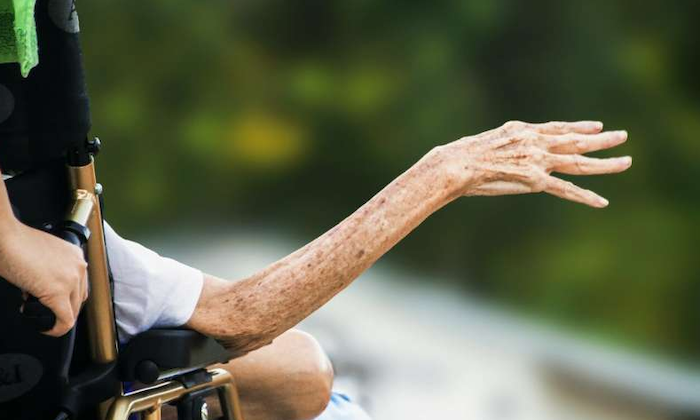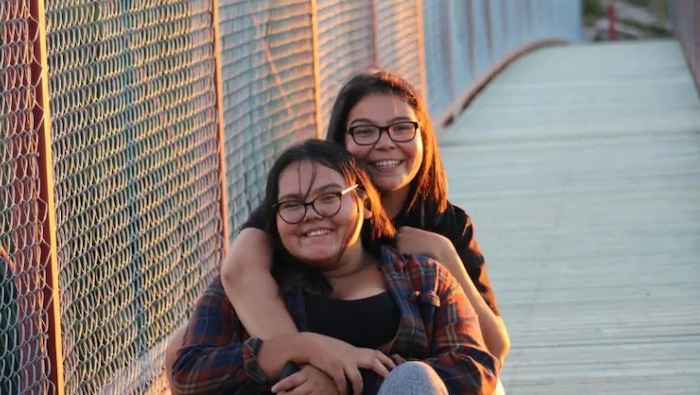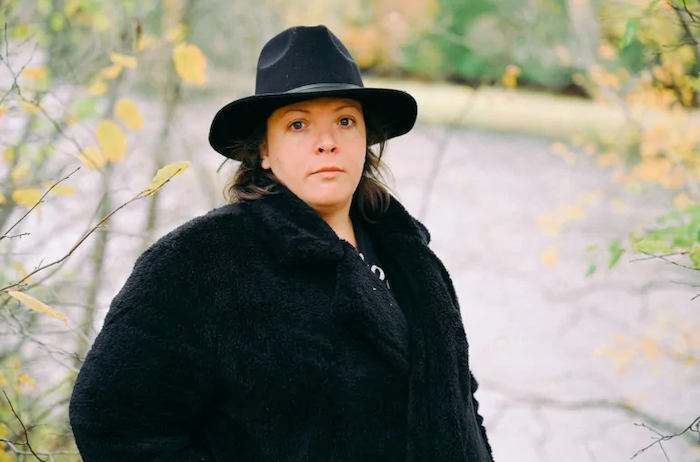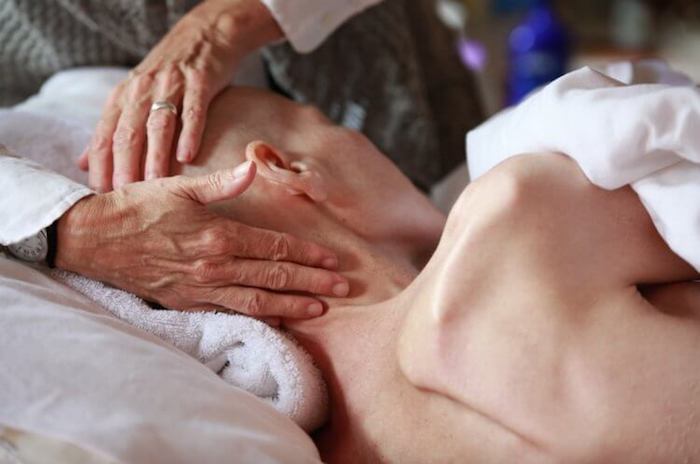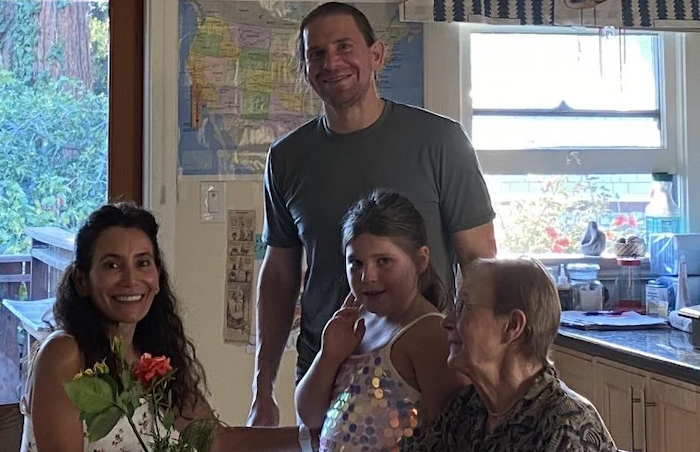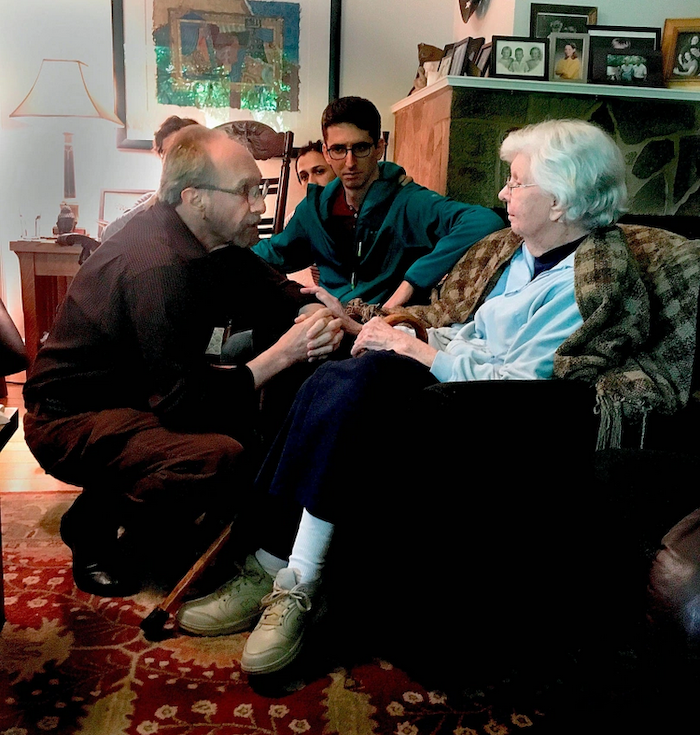
By Emily Laurence
When Daniel Lynn tells people he’s a hospice volunteer, he says they usually respond by asking him a question: Why? American culture tends to be put off by anything related to death; it certainly isn’t a welcome topic at a party or around the dinner table. “People ask me why I would want to spend my time doing something so sad, but I find it incredibly rewarding and meaningful,” Lynn says.
Palliative care physician Christopher Kerr, MD, PhD, has gotten similar responses when he tells people about his occupation. Dr. Kerr started working in hospice care—a type of health care focusing on managing a terminally ill patient’s pain and symptoms, as well as their emotional and spiritual needs at the end of life—to supplement his income as a doctor. Up until that time, Dr. Kerr’s job only focused on one outcome—saving patient’s lives—so he admits that he wasn’t quite sure where he would fit into a health-care space where death was imminent. “When I first started, to be honest, I didn’t think there would be much for me to do,” he says. “As a doctor, you’re taught that death is the one thing to avoid.”
The years Dr. Kerr has worked in hospice care, treating thousands of people who are dying, have made him see the dying process in a whole new way. “Death is not a sad experience for everyone,” Dr. Kerr says. His book Death Is But a Dream shares stories of patients he has cared for in hospice, showing that dying is much more than suffering. It can be a time when many become emotionally awakened, and there can be levels of comfort and peace that can’t be explained by science.
This year, of course, death has been on our collective minds more than ever due to the pandemic. It’s devastating to lose a loved one—to COVID-19 or otherwise. But hospice workers offer special insight into what’s often overlooked when we talked about dying. And with their observations comes something we all collectively need right now: healing.
How relationships can change when death is imminent
Lynn became a hospice volunteer in 1985, after both his wife and father died of lung cancer. “My current wife and I are both hospice volunteers in Williamsburg, Virginia,” he says. “And we have two Bernese mountain dogs who work as therapy dogs with us in the hospitals and nursing homes.”
Lynn doesn’t deny that losing a loved one is extremely heartbreaking. “When my first wife was dying of lung cancer, I grieved deeply,” he says. Experiencing the need for comfort during this difficult time in his life was part of what inspired him to be there for others.
Just as people live in different ways, people die in different ways. But something Lynn has noticed in his work is that dying patients often prioritize relationships in a way they didn’t earlier in their lives. “Something I often see is that many people want to make amends and improve relationships that have been damaged,” he says. Family members who haven’t talked in years may start communicating regularly. Grudges are dismissed, replaced by forgiveness and peace.
Angela Shook works as a death doula, a trained professional who supports someone at the end of their life. She’s also seen how important relationships become at the end of life. “Many of the people I’ve worked with have a fear that they’ll be forgotten, so something we often do is a legacy project, which is a way of helping friends and family remember them [after they die],” she says. “One woman I worked with was known in her family as this amazing cook. Everyone loved her food. So for her legacy project, we made a cookbook of her recipes that all her children could have. And we used her old clothes to make an apron for her daughter. It was extremely meaningful to her, and also to them.” In these ways, a death doula can help make saying goodbye easier for both the dying and the living.
Experiencing comfort unexplained by science
While many people equate death with suffering, Dr. Kerr says something that has surprised him the most about working in hospice is the peaceful visions that often come in a person’s final hours. He says 88 percent of his hospice patients report seeing visions as they die. Often these visions—vividly real to the person experiencing them—are of people who have died before them, and they provide a great sense of comfort, peace, and even joy.
Dr. Kerr adds that dying children often see pets who have passed away. “Children don’t have the same language that we do to talk about death, but the visions they describe give them a sense that they are loved and that what is happening to them is okay,” Dr. Kerr says.
He cannot offer a scientific explanation for these phenomena. “There’s this assumption that people have these visions because their brains are changing, becoming deoxygenated, or they are medicated and confused, but that’s not the case,” he says. “We know that by looking at the brain; it’s not changing biologically or functionally. I think people are changing very much spiritually.”
“To me, visions like these show that we really don’t die alone. And there can be comfort and even joy in dying.” —Angela Shook, death doula
Shook says many of her clients have also had visions. She and Dr. Kerr say it’s something that happens regardless of religious or spiritual beliefs; even those who don’t believe in a higher power or an afterlife can experience visions. “I would estimate visions are part of about 90 percent of the deaths I’ve been apart of,” Shook says. “One 83-year-old woman I worked with had been feeling very agitated for the three days. But when I walked into her room one day, she had a peaceful smile on her face. I looked over at her and she was rocking her arms, as if she was holding a baby.” The patient died shortly after that, and Shook shared what she saw with the patient’s son. “He told me that his mom’s first daughter had been a stillborn and she had often said that she couldn’t wait to see her daughter in heaven one day,” Shook says. “To me, visions like these show that we really don’t die alone. And there can be comfort and even joy in dying.”
Not everyone, though, has happy visions. In his book, Dr. Kerr says his research has found that in 18 percent of his patients who have visions, they are more like nightmares. “There seems to be a correlation between people who have had very traumatic experiences in life or a lot of regret [and experiencing negative visions],” he says.
Of course, it would be unfair to paint everyone’s end of life experience as peaceful and uplifting. The truth is, death is sometimes accompanied by pain and suffering, both physical and emotional. “Often, people have a question of ‘why me?’” Lynn says, adding that some are angered by what’s happening to them. It seems death, like other stages of life, isn’t all good or bad. Still, few people talk about the moments of peace—and even joy—in the process, and that’s what Lynn, Shook, and Dr. Kerr hope to shed light on.
“Becoming a death doula and spending time with the dying has been the greatest, most beautiful gift of my life,” Shook says. “It’s strengthened my belief that there’s more beyond what we can see.”
What hospice care has looked like during COVID-19
Both Dr. Kerr and Shook say their jobs have changed tremendously during the pandemic, and have caused them to think even more about the importance of end-of-life care. “Our work in hospice and palliative care has become invaluable during the pandemic,” Dr. Kerr says. He adds that, for him, working during the pandemic has been a struggle as the way he works has changed tremendously. “Personally, I feel a bit lost,” he says. “My work is most meaningful when defined by direct interpersonal relationships with patients, families, and colleagues.” But as hospitals and care facilities tightly restrict visitors to reduce the spread of COVID-19, cultivating those relationships is extremely difficult.
Shook says she feels her work has become more vital than ever in helping loved ones find avenues of closure. “Many have lost loved ones and been unable to mourn at a service or traditional funeral because of social distancing restrictions,” she says. “It is so important to take the time to grieve and realize that grief looks different for everyone.” Since, for many, attending a funeral isn’t a possibility right now, it can make finding other ways to say goodbye—such as through a legacy project—especially meaningful right now.
“Those of us who work at the bedside of the dying can attest that patients, in the face of what may look to most like a lonely death, do experience love, meaning, and even grace.” —Christopher Kerr, MD, PhD
Shook says she has still been providing her services as a death doula virtually, as meeting in person with families is not currently possible. “Many facilities and hospices in which many doulas work have restrictions on visitors. During this time, doulas [like myself] have been offering virtual support through web conferencing, calls, letters, FaceTime, and more,” she says. “With so many being isolated, doulas are more important than ever and can still support the dying and their loved ones from a distance.”
Dr. Kerr says that many family members of his patients have expressed devastation and sadness at not being able to be physically present for their loved one’s final moments. He sympathizes with this sentiment, but offers up some words of comfort. “The dying process includes altering levels of alertness and progressively deeper sleep, and include vivid pre-death dreams,” he says. “[In their final days], the majority of patients see not tubes or monitors but the faces of predeceased loved ones. They revisit the memories of being held and cherished, the apotheosis of a life rather than its demise. They teach us that the best parts of having lived are never truly lost.”
This, he says, reveals something important about the dying process, whether it’s during a pandemic or not: “The totality of our human experience can never be defined by or reduced to its last moments,” he says. “Those of us who work at the bedside of the dying can attest that patients, in the face of what may look to most like a lonely death, do experience love, meaning, and even grace. The dying often experience a summation of their life’s best moments and they leave us feeling more connected than alone.”
Complete Article ↪HERE↩!
